It is essential to sharpen ceramic knives regularly, as this will maintain their superior lightweight design with a sharp edge and keep them from rusting.
This guide outlines step-by-step how one can do so at home easily, ensuring that these excellent tools remain in top shape for years to come.
Short Summary
- Understand ceramic knives and their unique characteristics to ensure proper care.
- Use specialized diamond sharpeners, honing rods, whetstones, safety equipment & cleaning methods for sharpening at home.
- Consider professional sharpening services for convenience & precision, but be aware of associated costs.
Understanding Ceramic Knives
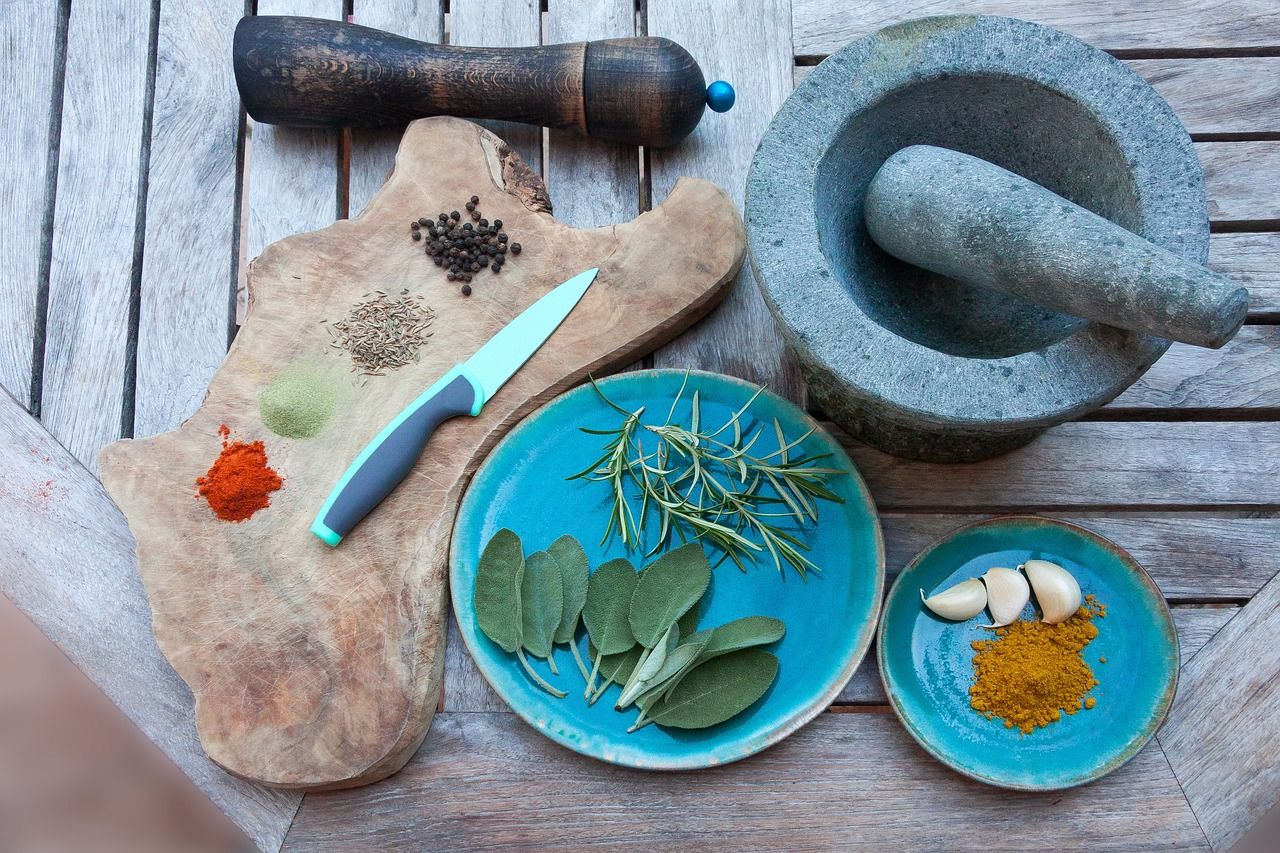
Ceramic knives made from zirconium oxide (zirconia) are unique. Steel blades possess several benefits such as being lighter, sharper and rust-proof.
These features make them difficult to sharpen, a process that requires the right tools and techniques for optimal maintenance of their effectiveness.
Understanding ceramic knife characteristics is necessary for successful use. Good care practices, including handling with care, must be observed regularly if users want it sharpened at its peak performance level all the time.
In this context, we can evaluate why regular attention should be given when dealing with ceramic knives instead of steel ones specifically related to sharpening requirements.
Characteristics of Ceramic Knives
Ceramic knives are known for being lightweight, effortless to clean, and staying sharp over extended use.
Yet since ceramic has a Mohs Hardness scale of 9.5 (only surpassed by diamonds), these specialized blades must be honed with diamond sharpeners as traditional tools used on steel-based blades aren't suitable when it comes to working with hard material such ceramics.
In order to ensure the best results while sharpening any type of ceramic knife, one needs diamond materials rather than conventional metal ones.
Why Ceramic Knives Need Special Care
Ceramic knives are particularly delicate and require extra care when handling to prevent chipping or breaking.
It is essential that careful attention be paid while sharpening the blade so as not to apply too much pressure which could cause irreparable damage.
Knowing how best to handle your ceramic knives and techniques for proper sharpening will guarantee their longevity. Make sure you follow these steps outlined in this guide!
Essential Tools for Sharpening Ceramic Knives
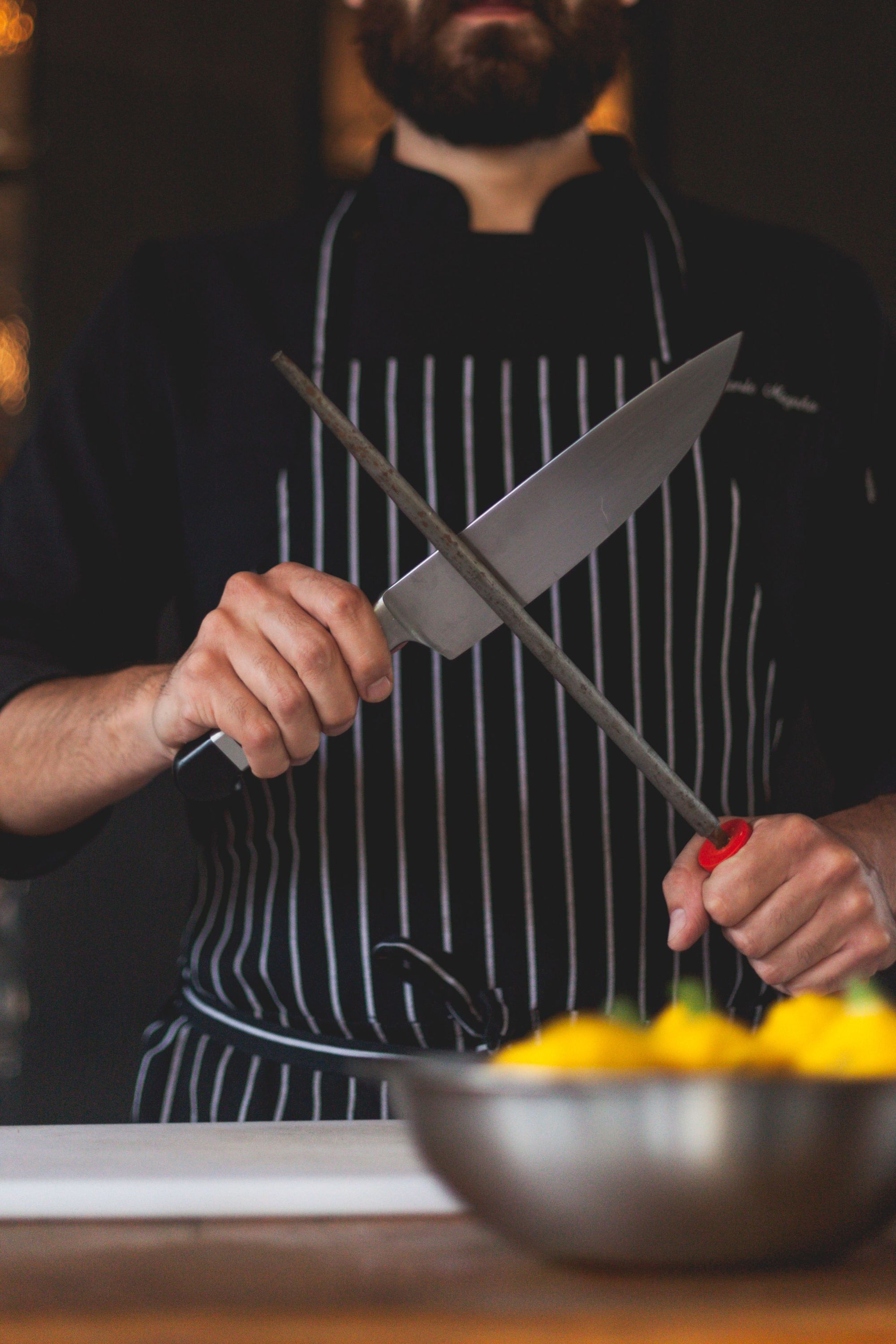
For obtaining a sharp edge on ceramic knives, the right tools are essential for effective sharpeners.
Diamond sharpeners and honing rods can come in handy when attempting to sharpen your blades properly while safety equipment such as cut-resistant gloves and eyewear is highly recommended to prevent any injury.
By focusing on these specific necessities of accurately sharpening ceramic knives, guidance will be provided by exploring each tool individually in greater detail, which ultimately leads us closer to achieving that desired result of having finely razor edged blades!
Diamond Sharpeners
Diamond sharpeners are a great choice for those who need to sharpen ceramic knives. The procedure is simple.
The user just needs to hold the blade at an appropriate angle and move it back-and-forth across a diamond sharpening surface with gentle pressure while keeping that same angle throughout this process.
This will ensure good results without damaging any part of the knife or its blade. Consistent use of diamond sharpeners can help keep all your ceramic knives in peak condition over time!
Honing Rods and Whetstones
For sharpening ceramic knives, honing rods and whetstones are must-have items.
Honing rods are usually long steel tubes, while a whetstone is a diamond stone, an exceptionally versatile sharpener favored for its durability as well as compatibility with multiple tools and equipment.
Deciding between the two will depend on your particular requirements. They both effectively sharpen ceramic blades, just make sure to use them correctly!
Safety Equipment
When sharpening ceramic knives, it is essential to ensure safety by wearing protective cut-resistant gloves.
This will prevent any potential injuries while carrying out the process of sharpening such blades.
A secure cutting board as well as eye protection should also be used. Security measures during this activity.
Through these prudent steps you can guarantee both an effective and safe experience when engaging in sharpening your ceramic knives or other blade types made from ceramics.
Preparing Your Ceramic Knife for Sharpening

To begin the sharpening process efficiently, it is critical to thoroughly examine your ceramic knife's blade for any nicks or chips and cleanse it with soap and lukewarm water.
We have listed out step by step instructions on how to inspect and sanitize a ceramic knife prior to commencing the first sharpening tool and procedure in order to ensure accuracy of results.
Inspecting the Blade
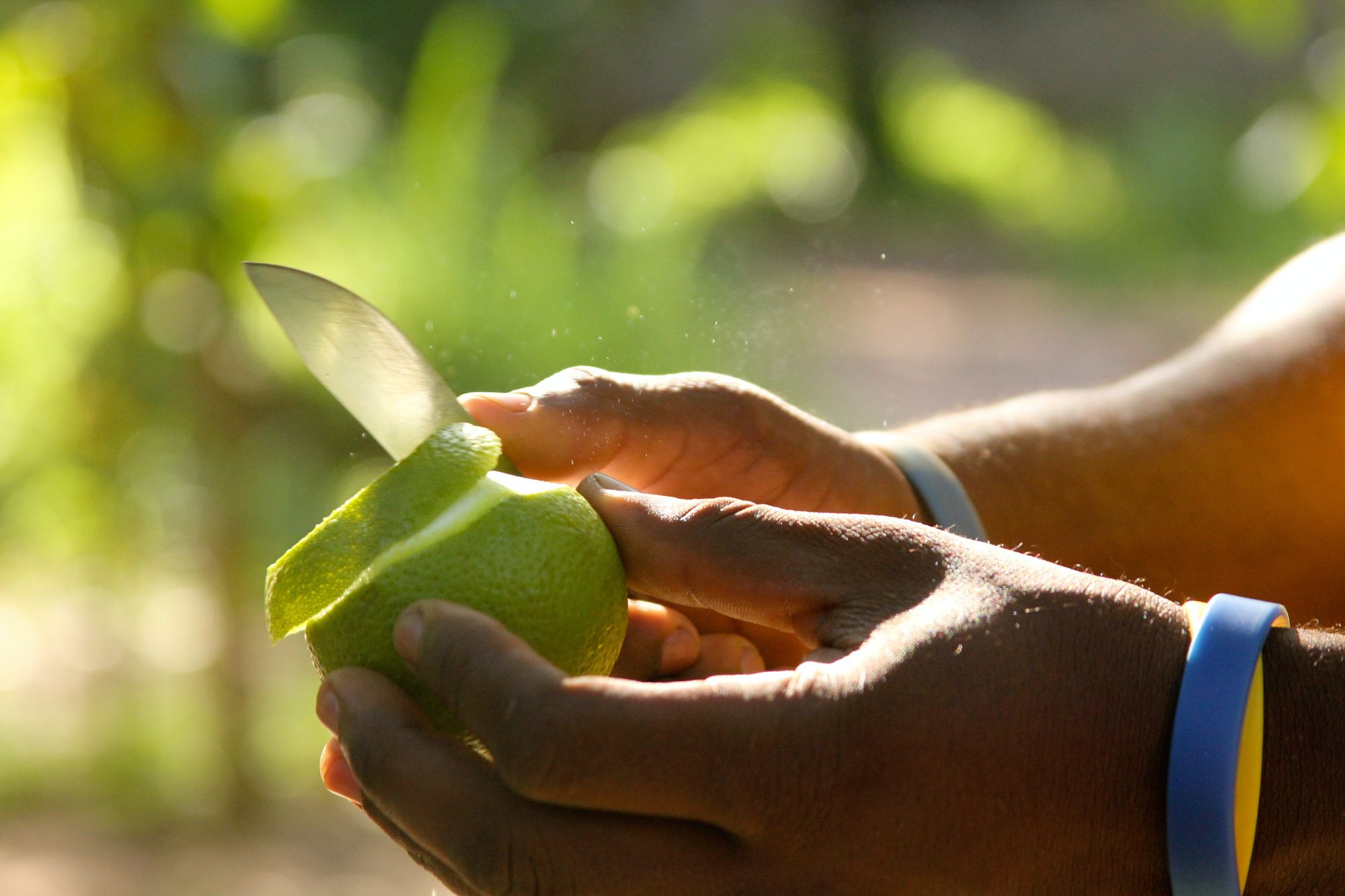
Before honing your ceramic knife, it is important to take a closer look at the blade and check if there are any chips or scratches.
Place the edge against a source of light and scan for anything that looks off. This will ensure excellent sharpening results while prolonging the life of your ceramic or steel knife too.
Inspections like this should be done before each sharpening session in order to get optimum performance out of your cutting tool every time you use it!
Cleaning the Knife
For achieving the best outcome, it is essential to clean your ceramic knife prior to sharpening.
Utilizing warm water and mild soap, tenderly scrub both sides of the blade utilizing a soft cloth or sponge.
Make sure you rinse off any soapy residue and dry each side completely with a fresh towel before beginning with sharpen your ceramic knife process.
This will help in removing all contaminants that could affect this sharpening procedure negatively.
Step-by-Step Guide to Sharpening Ceramic Knives

Now that you are familiar with ceramic knives, their distinctive features and necessary accessories for sharpening them, let's take a look at the steps involved in honing these blades.
We'll talk about various techniques including using diamond sharpeners, honing rods, and mastering the wet stone method to do so effectively.
All of this requires carefully handling your tools - be it manual knife sharpener be it ceramics or diamonds - to ensure perfect results every time!
Using a Diamond Sharpener
When sharpening your ceramic knife with a diamond knife sharpener, make sure to apply gentle pressure while keeping the blade at an appropriate angle during the process.
It is important that you remain consistent with this angle for optimal results and to prevent damaging the blade. Be mindful of any small chips forming on it due to contact from the sharpeners' diamond surface.
Deal promptly with these issues in order to maintain its razor-sharp edge.
Sharpening with a Honing Rod
Using a honing rod, you can sharpen your ceramic knife to obtain the desired, sharp knife edge.
Start by holding it vertically with the tip firmly planted on stable ground. Then place the heel of the blade against the top part of the rod at around 20 degrees angle and slide downward while following its curvature.
Repeat this step for the other side as well in order to ensure an even cutting surface is created. Don't forget that you have to clean up after use using a damp cloth too!
Mastering the Wet Stone Technique
For sharpening ceramic knives, the wet stone method is very useful. After soaking it in water for an hour to get rid of air bubbles from its pores, place your flat and secure wet stone onto a surface.
Adding vegetable or mineral oil for lubrication. Securely hold the blade at 15-25 degrees while slowly moving across the slab with gentle pressure, being consistent as you do so until achieving that crisp edge necessary for any task!
Maintaining Your Ceramic Knives
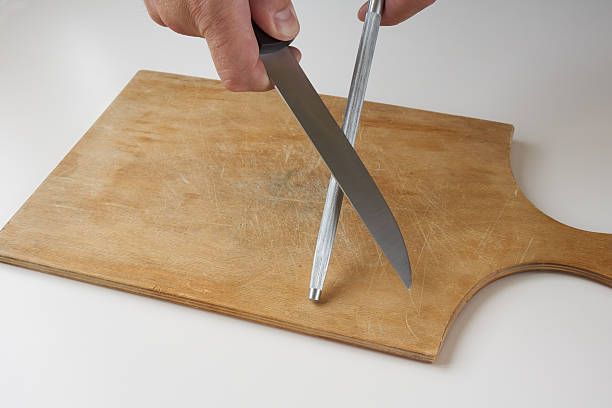
It is important to ensure the long-term performance and quality of your ceramic knives through adequate maintenance.
This includes sharpening, storage, cleaning and care tips which we will discuss in detail here.
Sharpening should be done regularly for optimal results with all types of knives, particularly those made from ceramics.
Appropriate storage solutions are also vital if you wish to keep them safe as well as secure any potential risks due to mishandling or improper use.
This goes hand-in-hand with proper cleanliness and upkeep routines that need to be followed accordingly depending on how often they’re used each day.
Regular Sharpening
The sharp edge of your ceramic knife needs to be preserved by regular honing. After about 10 uses, it's advised that you sharpen the blade, although this could depend on what is being cut and if other knives are utilized as well.
Over a period of time, the sharpening a ceramic knife the edge may develop minuscule chips which reduce its keenness. Frequent sharpening is an essential part in caring for your ceramic knife.
Proper Storage
Taking the time to store your ceramic knives in a proper way is necessary for keeping them functioning as intended.
Utilize either a knife block or individual sheath to protect their ceramic blade part from harm and maintain it at its best level of performance.
Ensure that these specialty blades are stored separately from other cutlery items so there can be no chance of metal contact causing any damage.
By following good storage practices, you will be able to extend the lifespan of your ceramic knives and make sure they continue performing optimally for an extended period of time.
Cleaning and Care
For the best maintenance of your ceramic knives, it is essential to give them care and cleaning.
After each use you should rinse the knife with warm water using mild soap detergent, then ensure that it's completely dry before putting it in its protective sheath or placing it back into a storage block for cutlery items.
Be mindful not to be rough when scrubbing and never clean these types of blades with abrasive materials as this might scratch their surface.
Also maintain proper handling techniques so there will be no risk of chipping or shattering due to any mishandling incidents involving delicate ceramics involved in manufacturing such knives.
Professional Sharpening Services
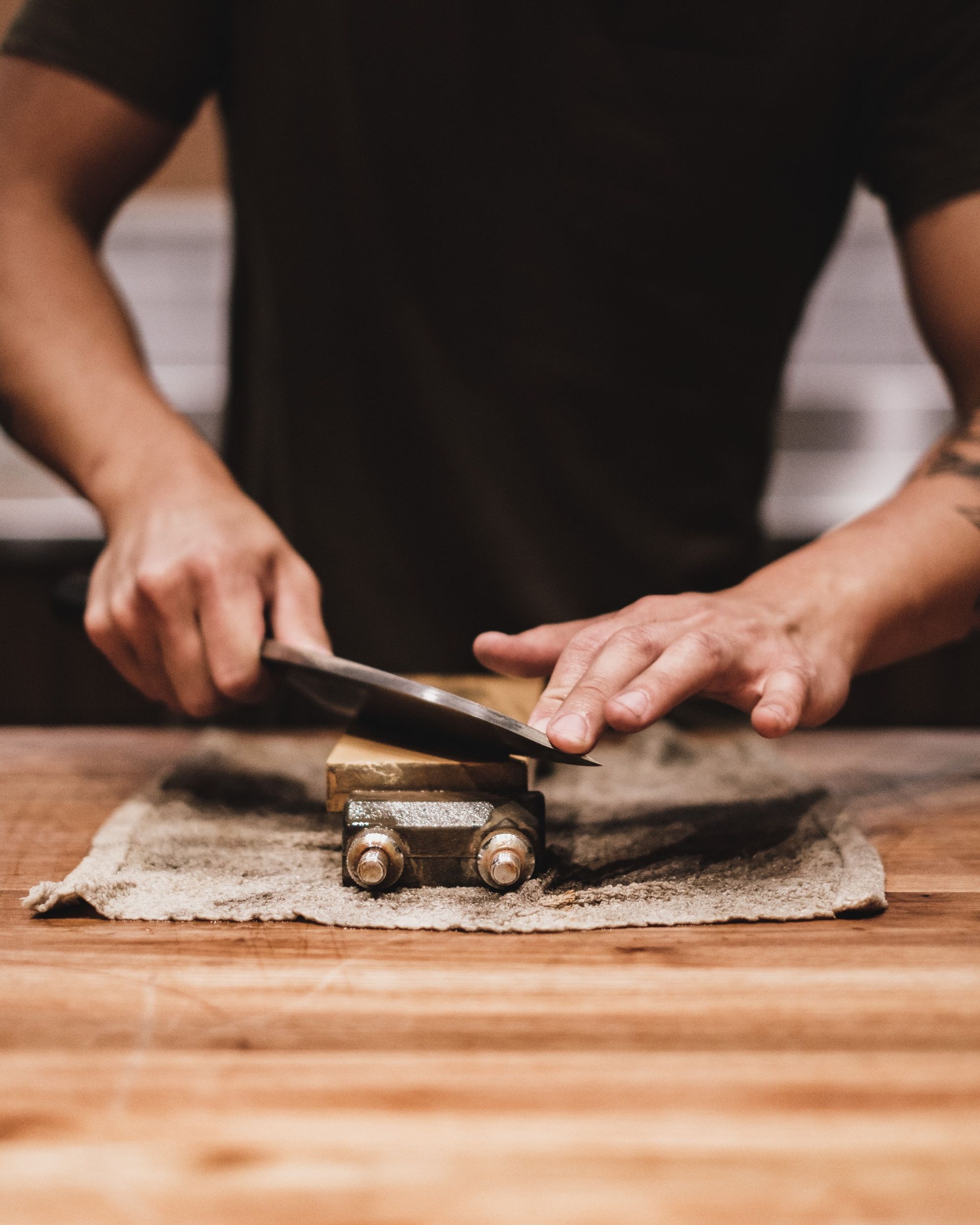
If you wish to sharpen your ceramic knives, both home sharpening and professional services are viable options.
Professional ceramic knife sharpener re-sharpening companies provide advantages such as accuracy, precision and a higher quality of the result. With what can be achieved at home.
It is important that cost considerations are taken into account when deciding which solution to choose for sharpening ceramic knives.
For those who prefer more convenience or do not have enough time on their hands, opting for an experienced service may make sense since this will lead to achieving successful results quickly and conveniently without any hassle from trying to do so by yourself.
Advantages of Professional Sharpening
Professional sharpening services offer a great advantage for ceramic knives as they are able to recreate the angle of the edge and sharpen it with accuracy.
These services can also correct dents or nicks on your blade so that you get an increased life span from your knife.
By opting for professional help when caring for ceramic knife blades now, customers have confidence that their products will be maintained at the highest quality level possible.
Costs and Considerations
The cost of having a professional sharpen your ceramic knives at home also varies based on the knife type and sharpening service chosen.
It can range anywhere from $2 to $20 per blade, so it is important for individuals to consider these prices before making their decision about whether or not to use this option.
Some companies provide free sharpening services. Customers might have additional expenses related to delivering the item in order to avail themselves of those options.
Weighing both sides (benefits vs costs) will help you determine which way works better when dealing with upkeep for your ceramic blades and knives.
👉 Looking for some new ceramic knives? Check out our top picks and buying guide:
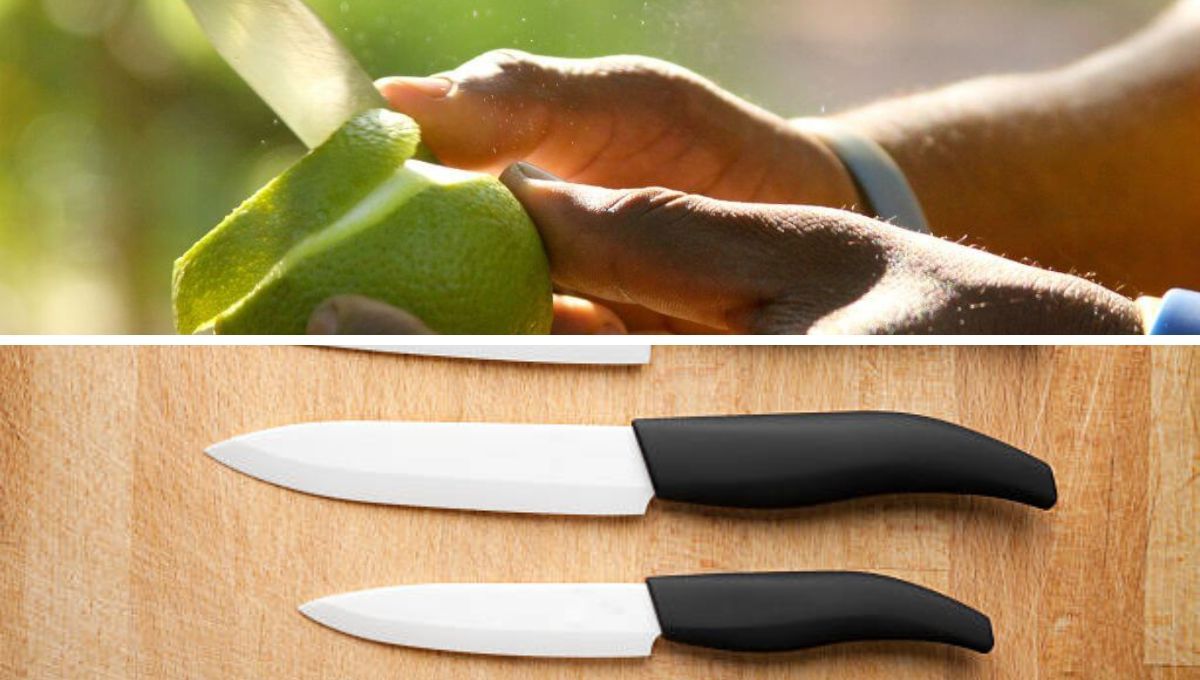
Summary
To keep your ceramic knives as precise and sharp as when you first bought them, it's important to consider the maintenance practices required for their longevity.
This includes following a step-by-step guide on how to sharpen these blades properly, performing regular upkeep such as cleaning and oiling regularly.
Plus consulting professional services in order to ensure that your kitchen tools are kept optimally over time. By taking charge of caring for ceramic kitchen knives now—you can reap its full benefits later!
Frequently Asked Questions
Can you sharpen a ceramic knife with a regular sharpener?
Ceramic knives require diamond sharpening rods instead of traditional knife sharpeners for successful maintenance. A specific technique must be employed to guarantee that these blades remain strong and precise when using diamond file and ceramic knife sharpeners. All different kinds of knives may benefit from both regular honing with diamond devices and conventional sharpening tools. Ceramics are special in needing their own type of elements designed solely for them in order to keep its blade at peak performance levels: extremely accurate and pointedly sharp.
Do ceramic knives get sharpened?
Yes, ceramic knives do need to be sharpened over time. They stay sharp for longer than steel knives, but may require a professional resharpening service in order to fix chips along the cutting edge.
It is recommended to use an AUTHORIZED SERVICE PROVIDER such as EvershaRP for specialized sharpening services.
Can ceramic edge blades be sharpened?
Sharpening ceramic knives takes more effort than it does for traditional steel ones. To sharpen these edge blades, a diamond sharpening stone or diamond rod, is needed due to the hardness of ceramics and caution must be taken in order to avoid cracking or chipping them. It is important that one handle such knives with extra care when executing this process as they are very brittle compared to steel ones. The blade should also be checked frequently while doing so for assurance. Sharpening can truly bring out its best qualities once done correctly!










